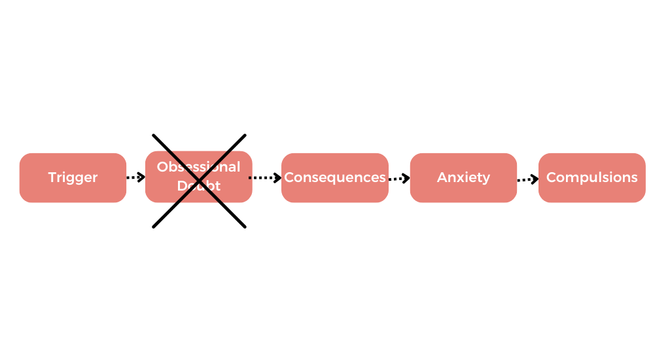
In the realm of psychotherapy, a groundbreaking therapeutic approach has emerged, weaving together the intricate threads of science, psychology, and innovation. Eye Movement Desensitization and Reprocessing (EMDR) has transformed the landscape of trauma treatment, offering hope and healing to those who have endured trauma. This trauma could be a single event or multiple events and might have happened in the recent or distant past, even in childhood.
The roots of EMDR trace back to the late 1980s when Dr. Francine Shapiro, a psychologist, made a serendipitous discovery during a walk in the park. Struggling with her own distressing thoughts, Shapiro noticed that her anxiety lessened as her eyes spontaneously moved rapidly back and forth. Intrigued by this experience, she began experimenting with intentional eye movements and observed their potential in alleviating emotional distress.
Dr. Shapiro's initial observations led to the development of EMDR's eight-phase protocol. These phases, including history-taking, treatment planning, and assessment, guide therapists and clients through a structured process. The integration of bilateral stimulation, such as eye movements, taps into the brain's natural ability to process and heal from traumatic experiences.
As EMDR gained traction, the scientific community sought to validate its effectiveness. Numerous research studies have since demonstrated the therapeutic benefits of EMDR for a variety of conditions, including post-traumatic stress disorder (PTSD), anxiety, and depression. The recognition and endorsement from organizations like the World Health Organization (WHO) and the American Psychological Association (APA) further solidified EMDR's place in the therapeutic landscape.
Over the years, EMDR has evolved beyond its initial form. Therapists have developed variations, such as the use of tactile or auditory stimuli in place of eye movements, making the approach more accessible to diverse populations. Additionally, EMDR is now applied to a range of mental health issues beyond trauma, including phobias, grief, and performance anxiety.





